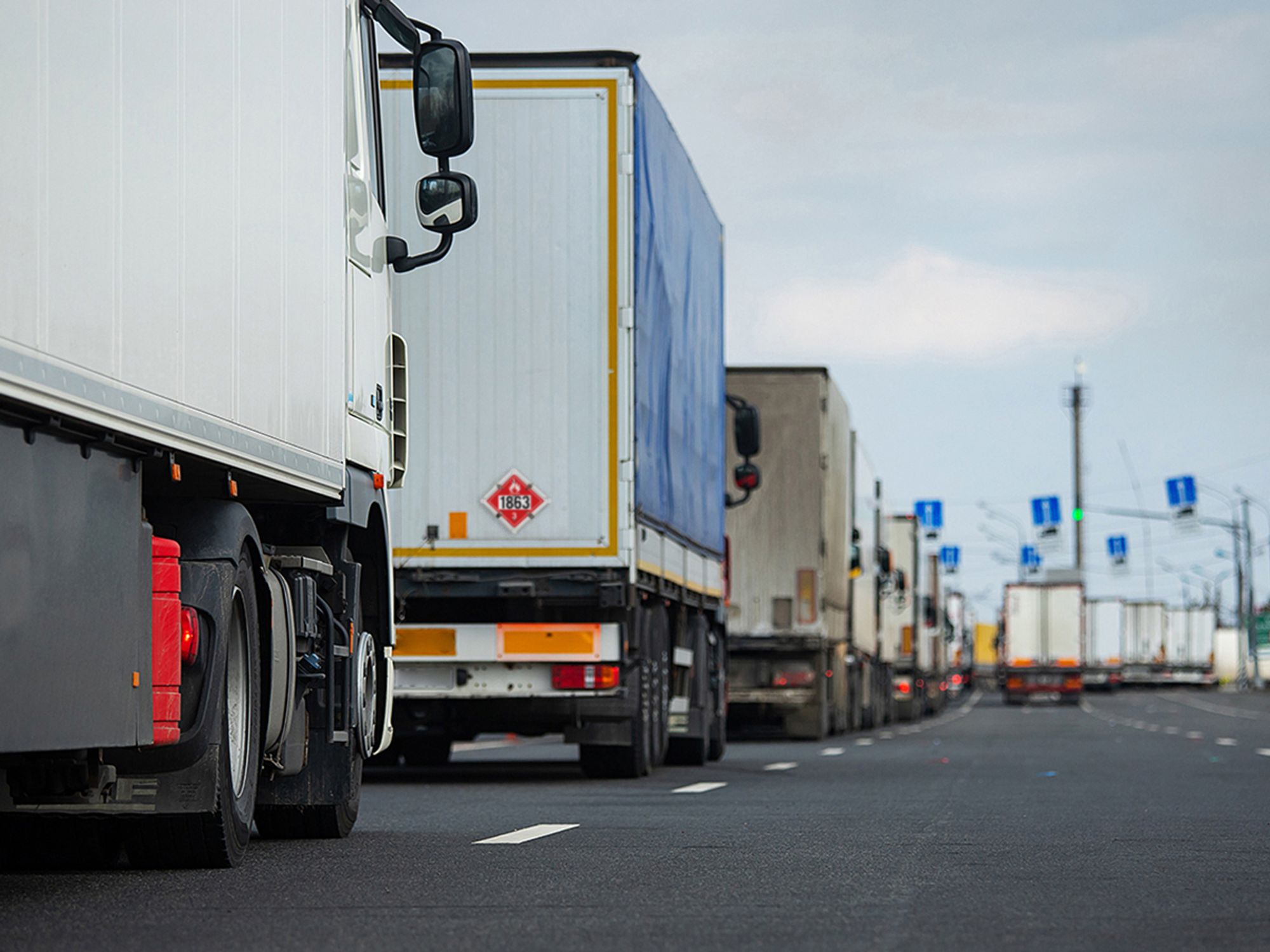Enforcement and reciprocity of the Hazardous Materials Regulations

- The HMR are enforced by PHMSA and by the agencies that regulate the various modes of transport.
- Under the HMR, other regulations can be used for transport into and out of the United States, with some specific limitations and requirements.
Enforcement of the Hazardous Materials Regulations (HMR) is conducted by many agencies at the federal, state, indigenous people reservation, county, and city levels. The U.S. Department of Transportation’s (DOT) Pipeline and Hazardous Materials Safety Administration (PHMSA) is responsible for maintaining and updating the HMR in 49 CFR Parts 100-180. PHMSA also has an enforcement office that inspects entities that do the following:
- Offer hazardous materials for transportation; and
- Manufacture, requalify, rebuild, repair, recondition, or retest packaging (other than cargo tanks and tank cars) used to transport hazardous materials.
Other federal agencies enforce the HMR for the modes of transport that they regulate, such as the Federal Motor Carrier Safety Administration (FMCSA) for highway transport, the Federal Aviation Administration (FAA) for air, the Federal Railroad Administration (FRA) for rail, and the Coast Guard for water.
States also adopt and enforce the federal HMR. State HMR enforcement concentrates primarily on highway transport. For information on state hazardous materials requirements, see State Information.
Some indigenous people tribes, counties, and cities also enforce the HMR. What they enforce and the penalties they impose vary.
Information on federal civil and criminal violations of the Hazardous Materials Regulations can be found in Part 107, Subpart D of the Hazardous Materials Regulations. According to 107.329, a person who violates a requirement in the regulations is liable for a civil penalty of not more than $99,756 and not less than $601 for each violation.
However:
- If the violation results in death, serious illness or injury, or substantial destruction of property, the maximum penalty becomes $232,762.
- If the violation is related to training, the minimum penalty is $601.
- If the violation is a continuing one, each day of the violation constitutes a separate offense.
Examples of PHMSA violations and possible penalties can be found in Appendix A to Subpart D of Part 107 of the Hazardous Materials Regulations. This appendix provides guidelines to be used by PHMSA’s Office of Hazardous Materials Safety (OHMS) in making initial determinations for civil penalties.
Reciprocity surrounding the HMR
The HMR allows the use of other regulations for the transport of hazardous materials/dangerous goods into and out of the United States.
There are specific limitations and requirements depending on what is being transported, mode of transport, and what other regulations are being used. The specifics on what is allowed can be found in the following sections of Part 171 of the HMR:
- 171.12 – North American shipments;
- 171.22 – Authorization and conditions for use of international standards and regulations;
- 171.23 – Requirements for specific materials and packagings transported under the ICAO Technical Instructions, IMDG Code, Transport Canada TDG Regulations, or the IAEA Regulations;
- 171.24 – Additional requirements for the use of the ICAO Technical Instructions;
- 171.25 – Additional requirements for the use of the IMDG Code; and
- 171.26 - Additional requirements for the use of the IAEA Regulations.
